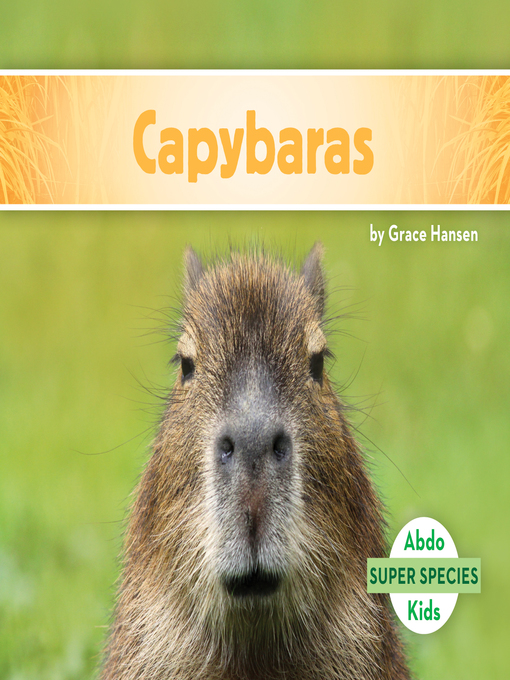- Available now
- New eBook additions
- New kids additions
- Try something different
- Peppa Pig小猪佩奇
- Classic Chinese Tales 中国古典神话故事
- See all ebooks collections

-
Creators
-
Series
-
Publisher
-
Release date
August 15, 2016 -
Formats
-
OverDrive Read
- ISBN: 9781680806557
-
-
Languages
- English
-
Levels
- ATOS Level: 1.8
- Lexile® Measure: 470
- Interest Level: K-3(LG)
- Text Difficulty: 0-2
-
Reviews

Loading
subjects
Languages
- English
Levels
- ATOS Level:1.8
- Lexile® Measure:470
- Interest Level:K-3(LG)
- Text Difficulty:0-2
Why is availability limited?
×Availability can change throughout the month based on the library's budget. You can still place a hold on the title, and your hold will be automatically filled as soon as the title is available again.
The Kindle Book format for this title is not supported on:
×Read-along ebook
×The OverDrive Read format of this ebook has professional narration that plays while you read in your browser. Learn more here.